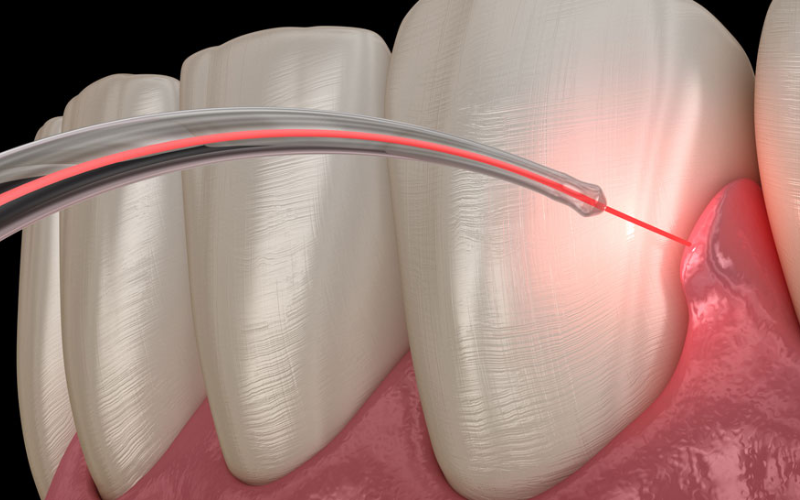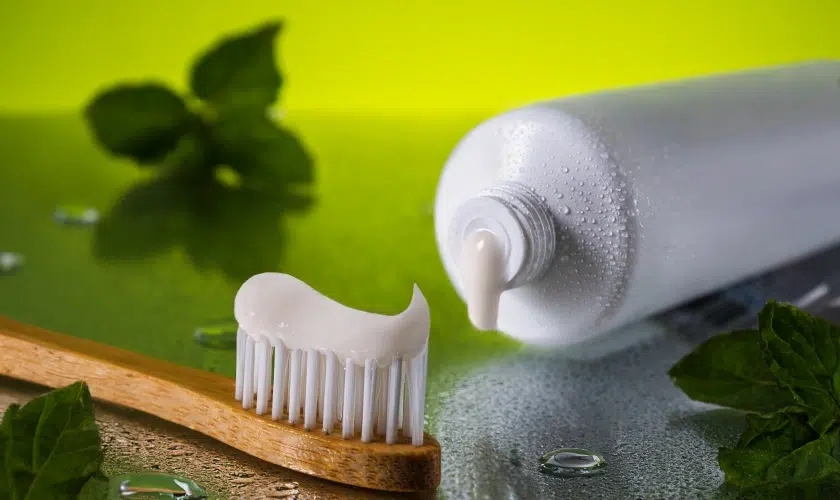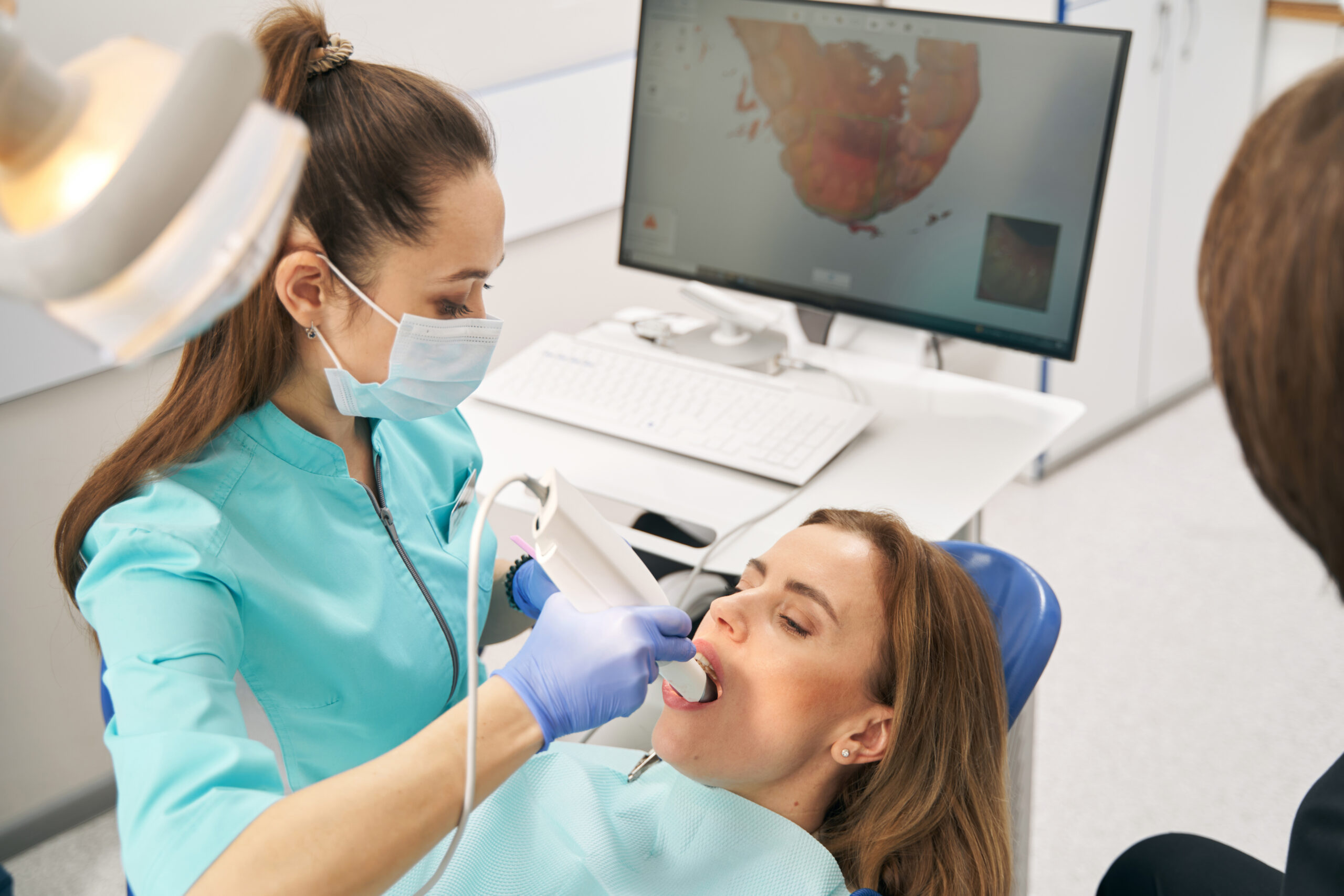Gingivectomy 101: What a Dentist In Tustin Wants You To Know

Gingivectomy is a procedure that may sound intimidating, but for many patients, it’s a life-changing treatment for gum health and smile aesthetics. Whether you’re dealing with gum disease, excess gum tissue, or just want to improve the appearance of your smile, gingivectomy can be an effective solution.
In this comprehensive guide, we’ll walk you through everything you need to know about gingivectomy, including what it is, when it’s needed, the procedure itself, and the benefits it offers.
What’s Gingivectomy?
Gingivectomy is a surgical procedure that involves the removal of excess or diseased gum tissue. It is often used to treat gum disease or reshape the gums for cosmetic purposes. By removing the infected or overgrown gum tissue, a gingivectomy can help restore the natural contours of your gums and improve the overall health of your mouth.
Common Reasons for Gingivectomy
Gingivectomy is recommended for several reasons, including medical and aesthetic needs. Here are some of the most common scenarios where gingivectomy might be necessary:
- Gum Disease (Periodontitis): Advanced stages of gum disease, like periodontitis, can cause the gums to become swollen, infected, and even recede from the teeth. In such cases, a gingivectomy is performed to remove infected gum tissue and allow for proper cleaning and healing.
- Excess Gum Tissue: Some people have excessive gum tissue, which can cause a “gummy” smile, where too much of the gums are visible when smiling. Gingivectomy can help reshape the gum line and create a more balanced, aesthetically pleasing smile.
- Gum Recession: When gums recede, they expose more of the tooth or even the tooth root, leading to sensitivity and a greater risk of decay. A gingivectomy can help restore the gum line and prevent further recession.
- Gum Aesthetics: For individuals looking to enhance the appearance of their gums, gingivectomy can reshape and sculpt the gum line, providing a more symmetrical and natural smile.
How Does Gingivectomy Work?
The gingivectomy procedure is typically performed by a dentist in Tustin. Here’s a step-by-step breakdown of the process:
Initial Consultation
Before the procedure, a dentist will assess the condition of your gums and decide if a gingivectomy is the right option. They may take X-rays and use other diagnostic tools to evaluate your overall oral health.
Anesthesia
Local anesthesia is administered to numb the gums, ensuring you feel no pain during the procedure. In some cases, sedation may be used to help you relax.
Removal of Gum Tissue
The dentist will use a scalpel, laser, or other specialized tools to remove the excess or diseased gum tissue. If you’re having the procedure for aesthetic reasons, the dentist will carefully contour the gums to improve the appearance of your smile.
Suturing and Healing
After the tissue is removed, the dentist may use sutures to secure the gums in place, promoting proper healing. In some cases, lasers are used to reduce the need for sutures and allow for quicker healing.
Recovery & Aftercare
After the procedure, our dentist will provide you with guidelines on how to care for your gums as they heal. You’ll likely feel some swelling and discomfort, but this can be managed with pain relievers and proper oral care.
Benefits of Gingivectomy
The benefits of gingivectomy extend beyond cosmetic improvements. Here’s why the procedure is so beneficial:
- Improved Gum Health: By removing infected or excess tissue, gingivectomy allows the gums to heal and better resist future infections. It’s especially helpful in treating advanced gum disease and preventing tooth loss.
- Aesthetic Enhancement: Whether you’re dealing with a “gummy” smile or uneven gum lines, gingivectomy can restore a balanced and natural appearance to your gums, enhancing the overall aesthetics of your smile.
- Prevention of Further Gum Damage: In cases of gum recession, gingivectomy can help stop further gum loss, preventing sensitive teeth and cavities caused by exposed tooth roots.
- Boosted Confidence: A healthier smile, both functionally and cosmetically, can boost self-confidence, especially for those who have struggled with excess or damaged gum tissue.
Post-Gingivectomy Care
Recovery after gingivectomy is relatively straightforward, but it does require some care and attention. Here’s what you can expect:
- Initial Recovery: Swelling and soreness are common after a gingivectomy. Dentist may recommend over-the-counter pain medications or prescribe stronger pain relief for the first few days.
- Dietary Adjustments: During recovery, it’s best to stick to a soft food diet to avoid irritating the treated area. Avoid hard, crunchy, or spicy foods until the gums have healed.
- Oral Hygiene: You will be advised to avoid brushing or flossing directly on the treated area for a few days. However, maintaining good oral hygiene is still important, so the dentist may recommend using an antimicrobial mouthwash to keep the area clean.
- Follow-up Appointments: Our dentist will schedule follow-up visits to ensure the gums are healing properly and there are no complications. If sutures were used, they would be removed in a few days to a week after the procedure.
Gingivectomy is an excellent option for many individuals dealing with gum disease, aesthetic concerns, or gum recession. However, it’s not suitable for everyone. A dentist will evaluate your specific condition to determine if gingivectomy is the best option.
If you’re dealing with gum disease or unsightly gums, a consultation with our dentist in Tustin can help determine the best treatment plan for you.
Gingivectomy is a powerful procedure that can improve both your gum health and the appearance of your smile. It provides a solution for gum disease, excess tissue, or improving smile symmetry, enhancing both oral health and aesthetics.



